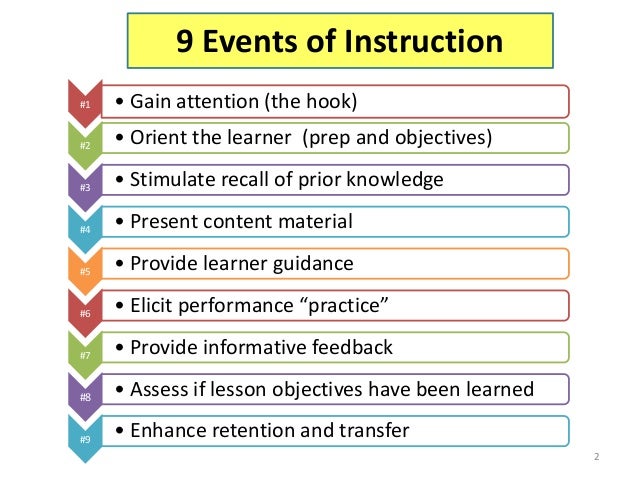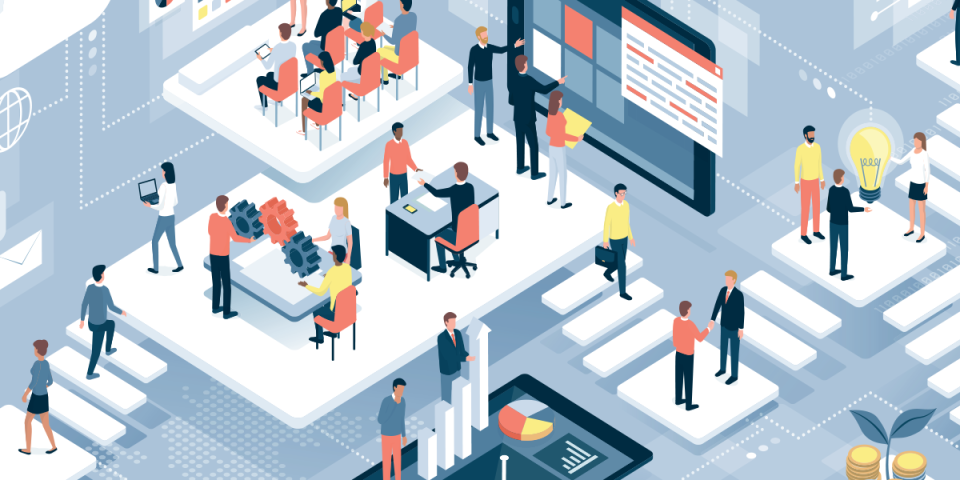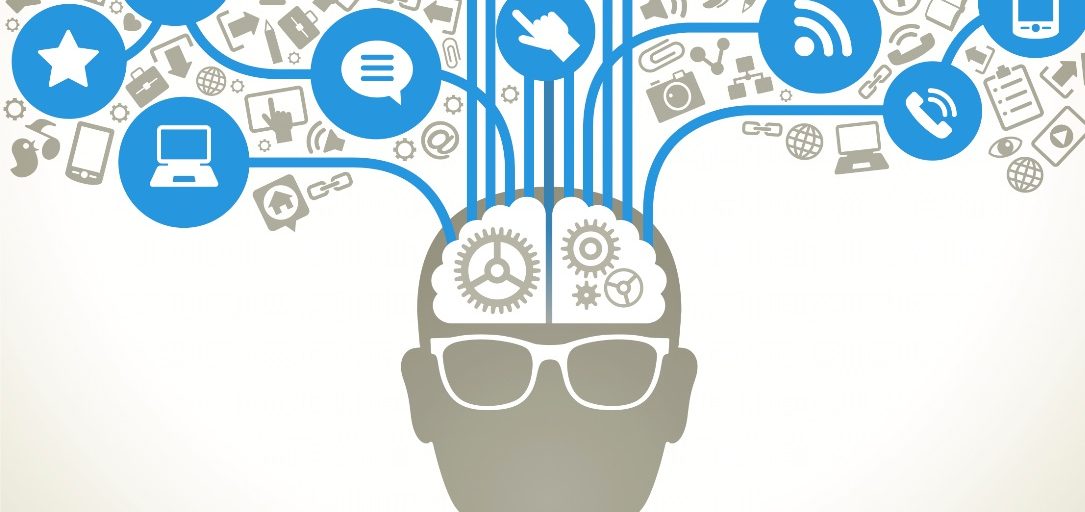Psychological Learning Process and Neuroscience of How We Learn.

One of the most important topics covered in the Designing Learning certificate program that I teach for ATD is the neuroscience of how humans learn or the Psychological Learning Process. Thanks to breakthroughs in medical science, we now know much more about how the brain functions when in a state of learning. Applying this to instructional design and delivery of training promotes natural learning methods that tap into the way our brains are programmed to learn from the moment of our birth until our last breath.
So, what has science taught us about how humans learn? Learning begins with our five senses and their ability to experience the world around us. Those experiences are filtered through our short-term memory, which processes and assigns meaning to the sensory information it receives. Some of that information is transferred to our long-term memory, where it joins the repository of everything we know and have experienced in our lives. When we need a piece of that knowledge, we use memory and references to help us recall it from our long-term memory bank. The process is illustrated below.

Based on Memory Model by Richard Atkinson and Richard Shiffrin (1968)
Note that as information enters and is processed by the brain, it can either be forgotten or passed along to our long-term memory, where it becomes a permanent part of us. We forget for a number of reasons. First, our senses may become overloaded by too much stimuli. If we try to process a rapid series of images, we are likely to forget much of what just passed before our eyes. Second, our working memory is also subject to overload. While it is a marvelous processing center, it has limited capacity, typically no more than 7-9 discrete pieces of information. Once we go beyond its capacity, the working memory can no longer process new information without getting rid of what it currently contains. For example, imagine someone quickly reciting their telephone number in a voice mail message. What is the likelihood you will remember that 10 digit number without writing it down? Unless we encode new information in our long-term memory for future use, the information that we never use is forgotten forever and must be relearned. Finally, our long-term memory can also cause us to forget when we are unable to retrieve (remember) a piece of knowledge when we need it. We’ve all had the experience of having the name of something on the tip of our tongues, yet we can’t recall it.
What causes us to remember? One important factor is rehearsal or practice. The more often we repeat something, the more likely we will remember it and be able to use it on demand. That’s why we easily remember our own phone number, one we have likely had a long time and use frequently, while we don’t remember the phone numbers of acquaintances we rarely call. Other key factors which contribute to remembering are:
- Interest in the subject – we tend to remember what fascinates us and to forget what bores us
- Effort – learning requires our full attention and considerable effort. When we fail to give it our all, we learn less.
- Recency – we tend to remember what just happened better than events in the distant past.
- Sensory integration – the more senses that are involved in the memory, the more vivid it becomes and the more likely we will remember it later. Our visual sense is the most powerful for learning.
- Emotional element – we tend to remember events with a high emotional component, such as births, marriages and deaths.
- Physical well-being – we learn best when we are rested and well-nourished. Stress and sleep deprivation make learning even harder than it already is.
Besides applying these fundamental learning principles, we can also promote more natural learning by tapping into the way our brains work in processing new information.

Robert Gagne’s 9 Events of Instruction
According to educational psychologist Robert Gagne, the process of learning involves nine key events as shown above. Let’s now explore each of these in more detail to see how they help participants learn.
1. Gain attention
We need to prepare learners by giving them reasons to learn the subject at hand. We can appeal to self-interest (WIIFM) or point out the importance of the knowledge and skills to be acquired.
2. Orient the learner
We learn best when we see the big picture and meaning of the subject before diving into the details. Providing a list of learning objectives and the requirements for successful learning helps learners orient themselves and gauge the amount of effort required to succeed.
3. Stimulate recall of prior learning
It helps us learn something new if we can relate it to something we already know or have experienced in the past. So it’s a good idea to ask learners about their past experiences and to use analogies to relate new content to familiar knowledge. One thing to watch for is when prior knowledge contradicts the new knowledge. In those cases, the prior learning will actually be a barrier to learning something new. It may be necessary to first unlearn the old way before learning the new way.
4. Present content material
Presentation is the most obvious process of instruction, although it is often done through passive lecture which leads to forgetfulness. To make presentation more effective, it should organize and chunk knowledge into meaningful bites that working memory can process. This lowers the cognitive load on the learner. It is also helpful to use multimedia to engage the senses and to engage learners in discussion and Q&A to deepen their understanding.
5. Provide learner guidance
Make the learning process simpler at first by providing instructional support and models. Use case studies and examples to illustrate the application of knowledge.
6. Elicit performance practice
Help learners internalize new knowledge and skills through relevant practice. As much as possible, practice should model what learners are expected to do on the job. Avoid practice that only calls for rote recall.
7. Provide informative feedback
To facilitate learning, provide feedback on the practice activities that learners engage in. Two types of feedback are important: 1) confirmatory feedback that reinforces what learners did right and 2) corrective feedback that points out mistakes and ways to correct them.
8. Assess performance
To measure newly gained knowledge and skill and evaluate the effectiveness of the instruction, assessment should be included and based on the learning objectives. This can be done through traditional written exams or through performance-based assessment of the learner or a product the learner has produced. A pre-test is useful to isolate the learning gains caused by instruction.
9. Enhance retention and transfer
Learning does not become performance unless applied on the job. To encourage skill transfer, provide job aids and reference materials that are accessible to learners on the job and encourage supervisors and experienced employees to continue skill building through coaching and mentoring.
In Gagne’s books, Conditions of Learning and Theory of Instruction, he argued that these nine events should form the framework for instructional design. Each lesson, module and course should incorporate these events based on the objectives. He presented many examples to illustrate how this theory can be implemented in a wide variety of educational settings.
To learn more about the Psychological Learning Process or psychological process of learning and the best ways to analyze, design and develop effective adult training programs, consider registering for an upcoming ATD Designing Learning certificate program. I will be facilitating this course from December 13-15 in San Francisco. More sessions are coming in 2018.
Be sure to check us out on Facebook! And please Contact Us with any questions.

